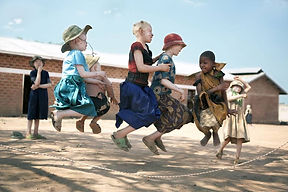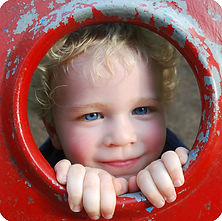
Genetics in your life: Albinism
By: Megan DiNatale
SOCIAL ASPECTS OF ALBINISM
What impact on the life and family life of an individual with this disorder. What everyday activities might they have challenges with? What are the treatments and/or accommodations an individual with this disorder would need?
People with albinism usually lead a relatively normal life; the disorder primarily affects their appearance. For this reason, people with albinism are usually in isolation from the rest of the population because their condition is often misunderstood. Social stigmas stop these people from living a full life, especially in communities of colour. In these communities, the race or paternity of a person can be questioned because of the colour of their skin, hair or eyes. Family life can sometimes be disturbed as well because the family can be at risk for outside pressures and intimidation. With albinism usually comes with vision problems. Unfortunately, most of these problems cannot be corrected with prescription lenses because of the abnormal development and patterns of nerve connections with the eyes and the brain. Most people with albinism are considered “legally blind” however with visual rehabilitation and surgery as well as sunglasses to lessen the light sensitivity, many people are able to do several activities such as reading or even driving. In addition, due to their pale complexion and lack of natural defenses, it is important to avoid sun damage to skin and eyes. Sunglasses, hats, UV protective clothing, sunscreen and many other means can be used to protect them from the sun. In tropical countries where these things cannot be provided, people with albinism can be exposed to life threatening skin cancers. Yet, with the proper protection, they can stay outdoors in the sun, even in the summer. (Information Bulletin, 2015)





